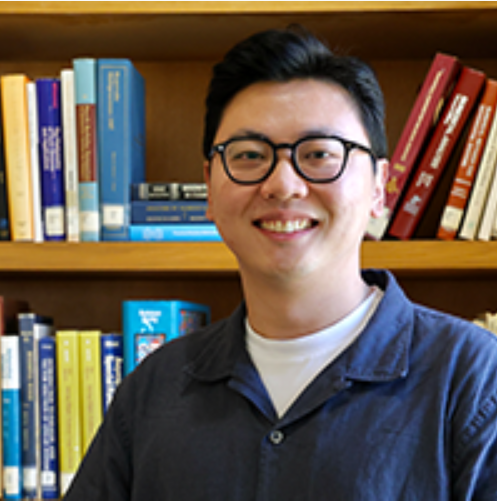Mitral valve regurgitation, a common type of heart valve disease that affects over 2% of the global population, is a condition where the valve between the heart’s left atrium and ventricle does not close properly. This causes blood to flow backwards through the heart, reducing the volume that circulates in the body. This condition is symptomatically expressed as shortness of breath, irregular heartbeat, or, in extreme cases, heart failure.
Keon Ho Kim, who was a Peter O'Donnell, Jr. Postdoctoral Fellow from 2023 - 2025 at the Oden Institute for Computational Engineering and Sciences, was recently awarded a prestigious postdoctoral fellowship from the American Heart Association. This new fellowship award will support his research for the next two years developing solutions for mitral valve issues. Keon will continue working with the Willerson Center for Cardiovascular Modeling and Simulation at the Oden Institute.
“It is my great honor to receive this prestigious postdoctoral fellowship from the American Heart Association. My previous work mostly focused on developing computational FSI frameworks, and this opportunity allows me to apply those methods to clinically impactful research. I’m very excited about the potential to bridge computational modeling and real-world clinical applications," said Kim.
Kim aims to develop a computational fluid-structure interaction (FSI) model of the human mitral valve and its repair to better understand the hemodynamic changes following mitral valve transcatheter edge-to-edge repair (TEER) and optimize personalized treatments.
TEER is a minimally invasive procedure designed to treat this condition. However, because the procedure changes dynamics governing how blood flows through the heart, and is heavily reliant on clinical trials, computational modelling may serve as the gateway to optimizing and personalizing treatment.
“The hope is that the study will provide insights into how pre- and postoperative mitral valve conditions, geometry, mechanical behavior, and flow affect postoperative functional states. Ultimately, it will help clinicians develop precise patient-specific treatment strategies, leading to informed clinical decision-making and better patient outcomes,” said Kim.
